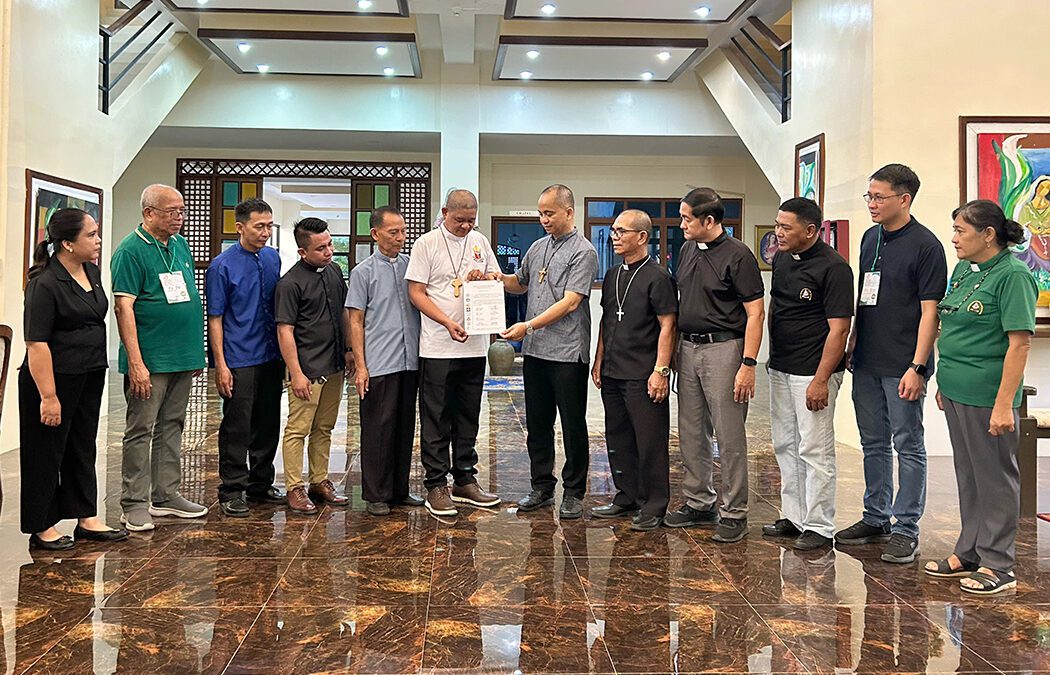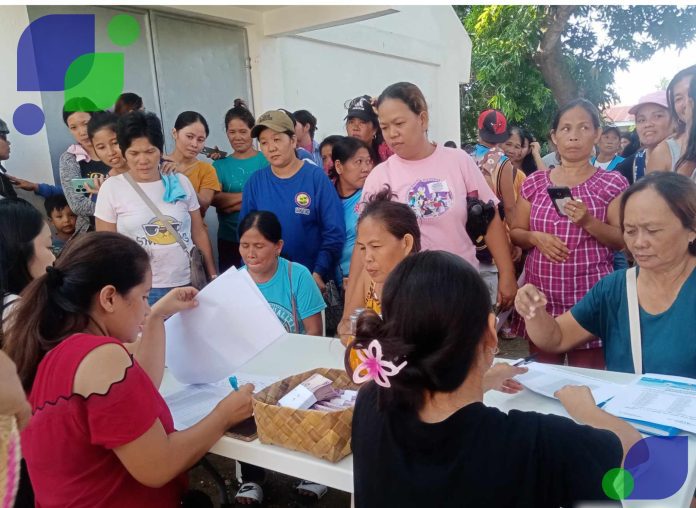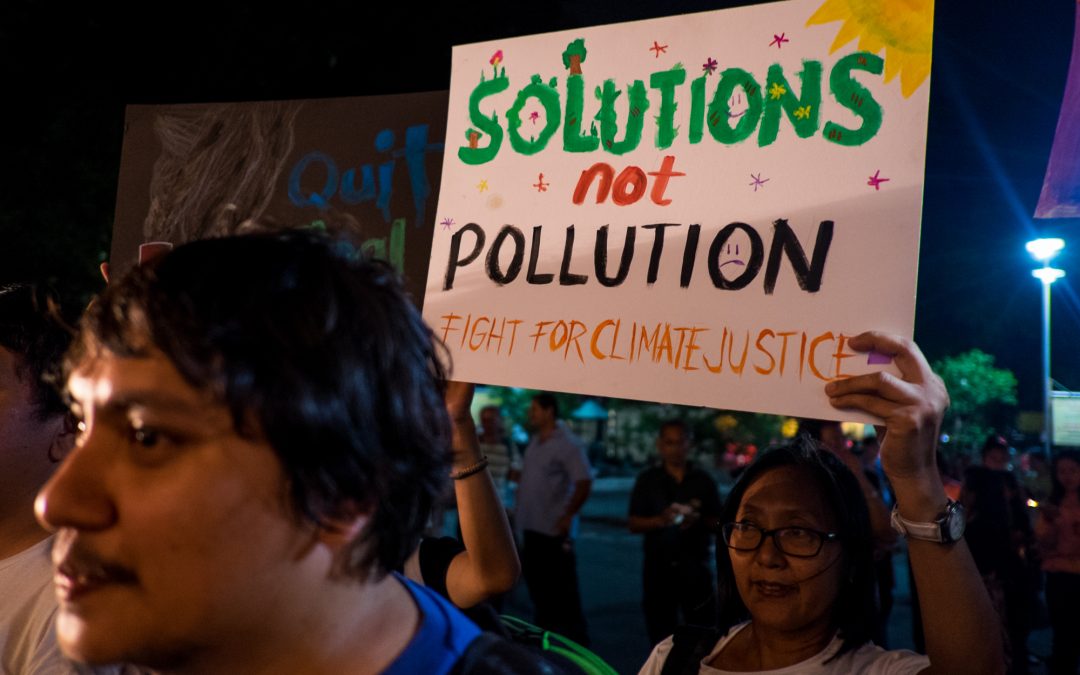Several Catholic dioceses in the Philippine capital region and nearby provinces have quickly offered refuge and aid to those affected by the onslaught of Typhoon Carina (international name: Gaemi).
The social action arm of the Diocese of Novaliches reported at least 4,747 families evacuated in the diocese’s parishes and chapels, as of Wednesday evening.
Caritas Novaliches said that the churches, which are being used as temporary evacuation centers, are “providing essential services such as food, water, and medical assistance.”
It added that the diocese is “distributing goods to heavily affected areas and coordinating aid efforts, working closely with local parishes and village units to ensure efficient support for the most vulnerable communities.”
The Diocese of Cubao has also converted its parishes into evacuation centers to accommodate those displaced by massive flooding after relentless rain drenched the northern Philippines, with Typhoon Gaemi intensifying the seasonal monsoon.
Bishop Honesto Ongtioco of Cubao instructed his parish priests to make the churches available for displaced residents.
Bishop Ruperto Santos of Antipolo issued a pastoral message urging the community to deepen their faith and turn to prayer in response to the severe monsoon rains and flooding.
“In these moments of natural calamity—excessive rains and floods—let us turn to God and cast our eyes afresh on Him. God has dominion over everything. He has authority, command, and control over all things created. Therefore, let us respond by putting our faith in God alone,” said the prelate.
The prelate called for continuous and hopeful prayer, urging the community to seek God’s mercy and power to calm the rains, alleviate the flooding, and provide strength to those affected by the monsoon hardships, ensuring their safety and recovery.
On July 24, the Southwest Monsoon, intensified by Gaemi, unleashed heavy to intense rainfall across the Philippines, according to the UN Office for the Coordination of Humanitarian Affairs.
Northern Luzon, particularly the provinces of Cagayan, Isabela, and Ilocos Norte, endured severe impacts. Central Luzon provinces such as Pampanga, Tarlac, and Nueva Ecija suffered significant flooding and power disruptions.
In Metro Manila, home to approximately 13.5 million people, intense rainfall led to urban flooding, road closures, and widespread disruptions.
By 10 AM, the Marikina River water level had exceeded 18 meters, necessitating the evacuation of numerous families. By 7 PM, the level had risen to over 20.7 meters.
A record 458 mm of rain fell within 24 hours in one area of Quezon City, slightly surpassing the 455 mm recorded during Typhoon Ondoy in September 2009.
Gaemi, now escalated to a Super Typhoon, is forecast to make landfall in northern Taiwan before exiting the Philippine Area of Responsibility around noon on July 25.
According to the Philippine weather agency PAGASA, moderate to intense rainfall is expected to continue over the western part of Luzon until July 26.






0 Comments